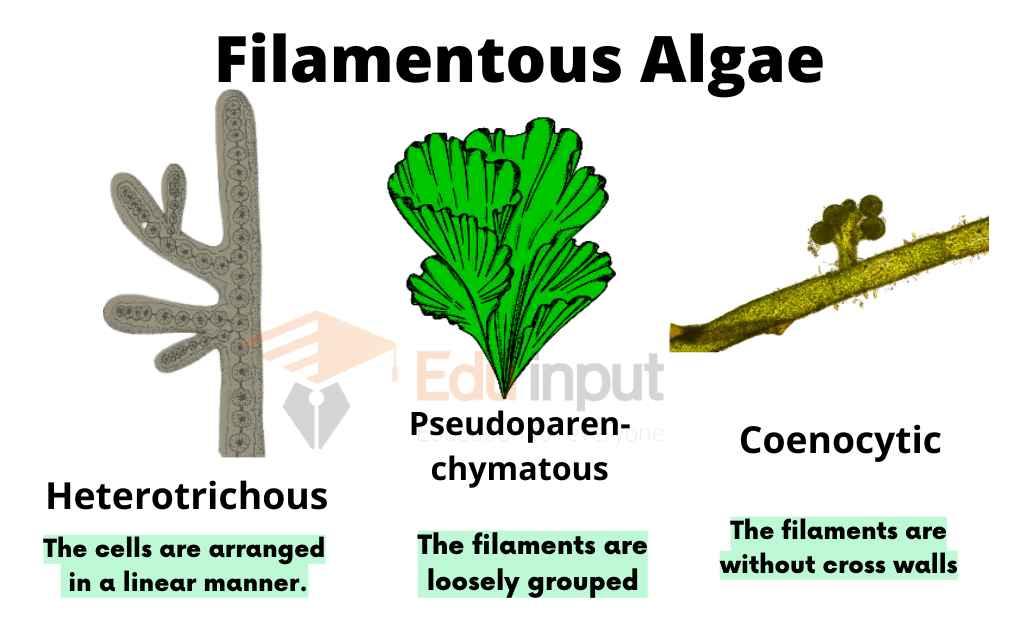What is Cilia?-Structure, Types, and Functions
Cilia are tiny hair-like structures found on the surface of cells. They move at high speeds, helping to transport nutrients and waste from the cell to the outside environment. These microscopic hairs extend outwards from the surface of cells and act as sensors that detect changes in their surroundings.
When they sense something wrong, they send signals to other parts of the body to initiate a response. Cilia are microtubule-based organelles that protrude outwards from the surface of bacteria and archaea (prokaryotes). These organelles move using molecular motors powered by ATP hydrolysis.
In many cases, cilia have been shown to play roles in motility, chemotaxis, signaling, and mechanosensing. These structures have been observed in bacteria, archaea, fungi, protists, algae, slime molds, and cnidarians. In some cases, they are involved in motility, while in others they play a role in sensing environmental cues.
Types of Cilia
Cilia are categorized into the following types;
Motile Cilia
Motile cilia are found in eukaryotic cells, including spermatozoa, olfactory neurons, and epithelial cells lining the respiratory tract. Motile cilia are hair-like appendages that protrude from the surface of many single-celled organisms.
These appendages move using a wave of water along their length, propelled by the beating of a pair of flagella at each end. The movement of these appendages is often referred to as swimming.
Chemotactic Cilia
Chemotactic cilia are found in protozoa and some fungi.
Signaling Cilia
Signaling cilia are found in the sensory organs of invertebrates.
Mechanosensory Cilia
Mechanosensory cilia are found in nematodes, mollusks, annelids, arthropods, and chordates.
Swimming speed is determined by the number of beat cycles per second (BCPS) and the stroke frequency. BCPS refers to the rate at which the flagellum beats its way through the fluid. Stroke frequency refers to how fast the flagellum moves back and forth over the same point on the cell’s surface.
Length Of Cilia
The length of cilia ranges from microns to many hundred microns. Its diameter varies from 0.1 to 0.5. u
Structure of Cilia
A cilium consists of nine peripheral double fibrils. These fibrils give the appearance of an 8-shape figure. The cilium also has two central smaller fibrils. All these fibrils run longitudinally through the allium.
These fibrils are covered by the extensions of the membrane.

Mechanism Of Contraction Of Cilia
The exact mechanism of movement of cilia is not known. However, in 1955 Bradford’s body shortens suggesting that simultaneous contraction or sliding of double fibrils take place in it.
They slide one after the other. This contraction or sliding moves a circular muscle.
Effective Stroke:
Five out of nine (5 double fibrils contract or slide simultaneously). Thus the cilium bends or shortens. It is called an effective stroke.
Recovery stroke:
Four out of nine double fibril contract and cilium become straight. It is called a recovery stroke.
Paramecium swims against water due to bending and recovery strokes of the cilium. The ATP provides the energy for the movement of cilia. The enzyme present in the cilia breaks up ATP to release energy.
The action of the cilia is coordinated. So all the cilia beat together in a sequence and propel the animal in one direction.
Cilia are present in almost all prokaryotic organisms.
Functions of Cilia
Their function is diverse and includes sensing environmental conditions, movement, and communication. Cilia are involved in chemotaxis, phototaxis, olfaction, and mechanosensation.
1. Motility
Motility refers to movement caused by the beating action of the cilia. Bacterial flagella are whip-like structures that beat back and forth at a constant speed. Flagella propel bacteria forward by pushing them along the surface of their environment.
When they encounter a solid object, they use their flagella to rotate and push themselves off the surface. It helps fluid to move across the skin and provides sensory input.
2. Chemotaxis
Chemotaxis is the directed movement of organisms towards or away from chemicals. Bacteria have receptors that detect chemical gradients and cause them to swim toward higher concentrations of attractants or away from lower concentrations of repellents.
3. Flagellar Rotation
Flagellar rotation is the rotational motion of flagella. Bacteria use flagella to swim in a straight line. As they swim, the flagella rotate clockwise or counterclockwise depending on the direction of travel.

 written by
written by 


Leave a Reply